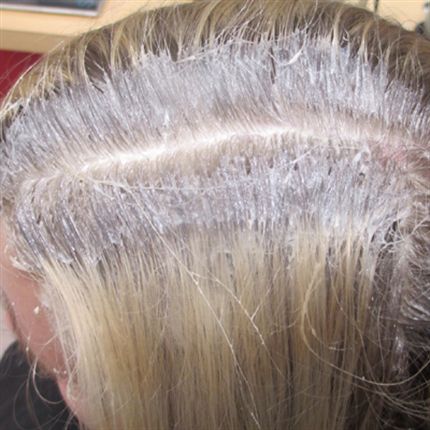How to Break the Base in Hair Coloring [With Formulas]
Smudging. Color Flash. Break the Base. Base Adjust. Breaking the Base. No matter what you call it, it’s an extremely important salon service every colorist should know how to perform. Yet somehow, much confusion about the technique still exists. And while the beauty of our industry is that there's never one single way of doing things, we have to start somewhere. That’s where BTC Member Jose Garcia from Jensen Beach, Florida, comes in. He’s perfected his own version of the base breaking technique and is here to help! So if you’re still wondering what the heck it is, listen up!...





 or
or






